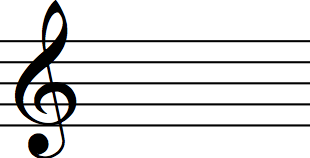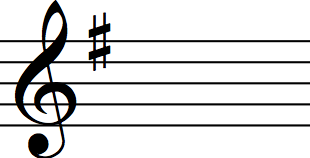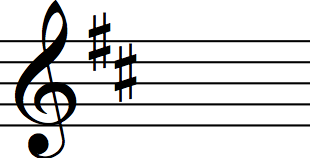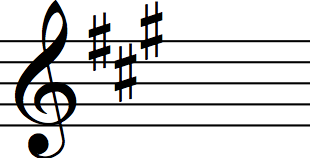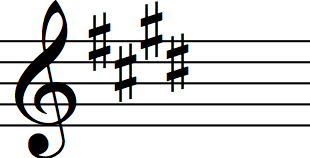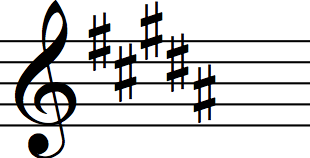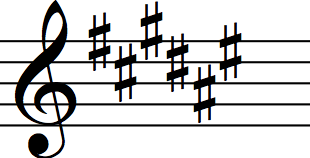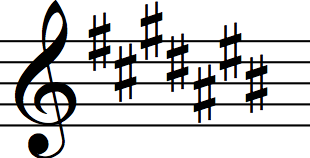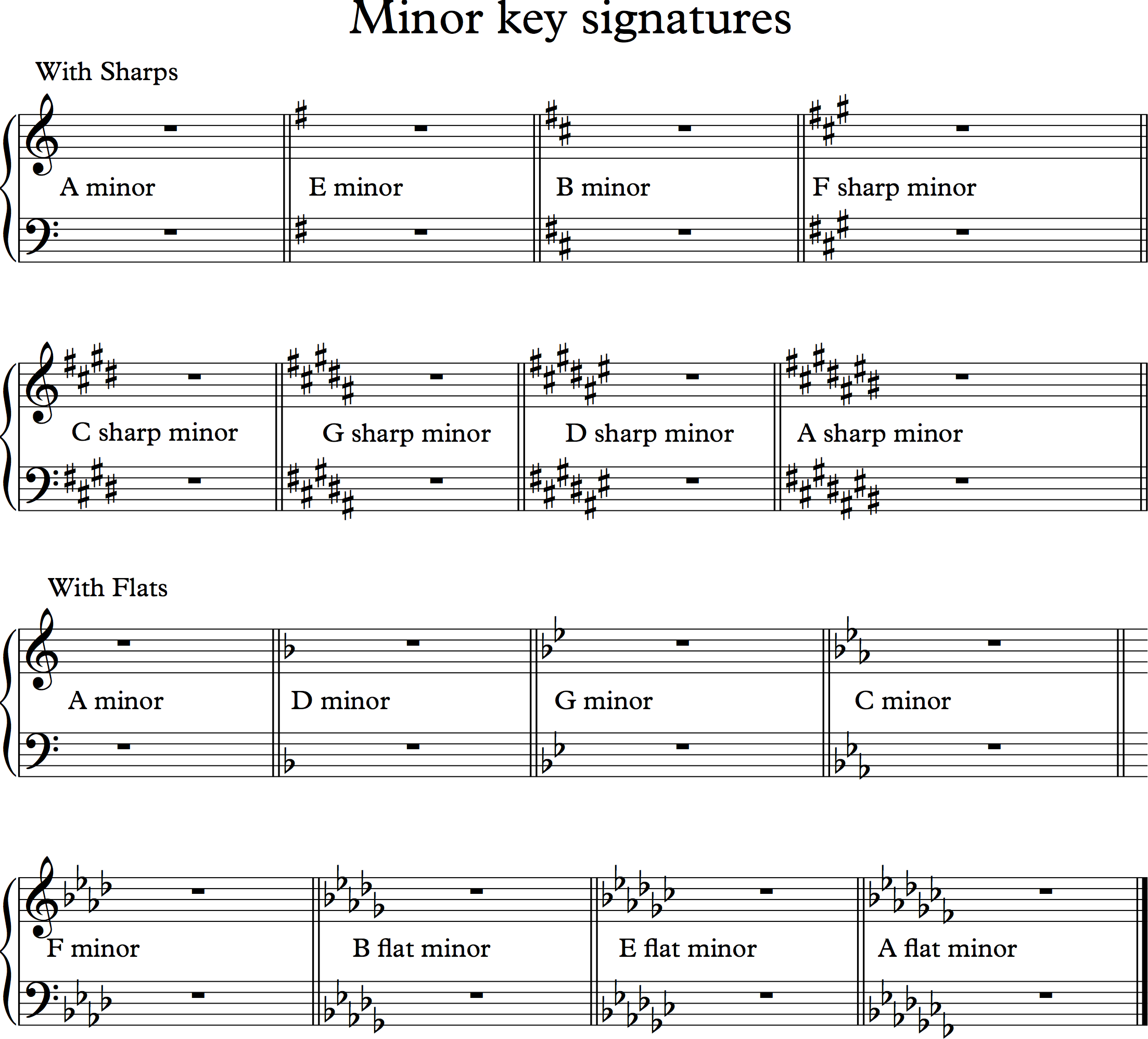Music Intervals
Working out music intervals is easy once you know how, and this page tells you how! The key to working out intervals is to learn about them step-by-step. Having some knowledge of scales is essential and if you don't already know how to work out a major scale you need to learn.
At the simplest level
an interval is the distance between two notes.
So to begin with, all you need to do is count!
How to calculate an interval
To find the interval between 2 notes just find the pitch of the lowest note and start counting until you reach the top note. When counting intervals you always start from the bottom noteand count both notes. E.g., to find the interval between C and G, begin on C and count up the scale until you reach G.
E.g. C(1) D(2) E(3) F(4) G(5)
So the interval between C and G is a fifth.
See how easy the first step is? Here is another example
In the example above we count
D(1) E(2) F(3) G(4) A(5) B(6)
So the interval from D to B is a sixth.
If the interval is an 8th it can be written as an octave. If an interval notes are at the same pitch it is called a unison To start with all intervals will be an octave or less. Compound intervals (bigger than an octave) come later!
This first step doesn't take any sharps or flats in the scale into account, it merely calculates the distance between the notes, but as one of my piano students often remarks “baby steps”. When studying music theory this is particularly true. Having a clear understanding of the basics is crucial when things become more complicated later on. In fact, a clear understanding of basics means that the “complicated parts” are easy as well! Note the words “clear understanding," for me this is very different from a “good knowledge”. In music theory a “good knowledge” is not as important as a “clear understanding”
The quality of music intervals
In addition to a number (distance) intervals also have a quality. This distinguishes intervals which are not part of the major scale. The 5 qualities of intervals are major, minor, perfect, augmented and diminished. Double augmented and double diminished intervals are not common. To begin with we will look at 3 of these qualities. Major, Minor and Perfect Intervals.
The quality of a music interval
Each music interval has a quality, depending on whether it is a 2nd, 3rd, 4th, 5th etc.
The three interval qualities explained on this page are:
Perfect Intervals
Major Intervals
Minor Intervals
Perfect Intervals
If an interval is a unison (1st), 4th, 5th or Octave (8th) it is called a perfect interval. Both notes in a Perfect interval are in the major scale. The example below shows the interval of a Perfect 5th.
One of the features of perfect intervals is the fact that if you invert them (turn them upside down) they remain perfect.
Perfect Intervals can also be raised or lowered by a semitone to become augmented or diminished, but for the moment all intervals of a Unison, 4th, 5th or octave are perfect intervals. A unison, 4th, 5th or octave can never be major or minor.
Major intervals and Minor intervals
2nds, 3rds, 6ths and 7ths are either major or minor intervals. Again, it is possible to have other types of these intervals, but at the moment we are focusing on major and minor intervals. As you move on to more complex music theory, you will find that 2nds, 3rds, 6ths and 7ths can also be augmented or diminished, but never perfect. However, for now they are major or minor
Major intervals are those which are part of the major scale. The major scale should always be your starting point when working out an interval. There are 2 example below. The first showing a major 6th interval in the key of C major, the second showing a major 3rd interval in the key of E major.
Minor intervals are one semitone smaller than major intervals. Minor intervals should always be worked out from the major scale. Find the major interval and lower the top note by one semitone to give the minor interval. This is because the notes in minor intervals don't always come in minor scales. E.g. Although the minor 3rd comes in the minor scale, this isn't always the case. The minor second isn't part of the minor scale. This is why it is important to remember to work out intervals from the major scale, not think of them as part of the minor scale. There are 2 examples below. The first shows a minor 7th in the key of G major, the second shows a minor 2nd in the key of D major.


How to remember if a music interval is Major/Minor or Perfect
When you see a list the intervals and their descriptors you can see it is quite easy to remember which intervals are major/minor or perfect.
Perfect 8th (octave)
Major/Minor 7th
Major/Minor 6th
Perfect 5th
Perfect 4th
Major/Minor 3rd
Major/Minor 2nd
Perfect unison (1st)
As you can see above the Perfect intervals are at each side, unison and octave, and in the middle, 4th and 5th. The major/minor intervals come in-between!
Why bother?
Although learning how to find an interval may seem complex to begin with, especially as it relies on your knowledge of scales, as you practice it becomes much easier. It also helps with your sight reading and memorization of music. As with most things in music, the best way to get better at identifying intervals is to practice!











